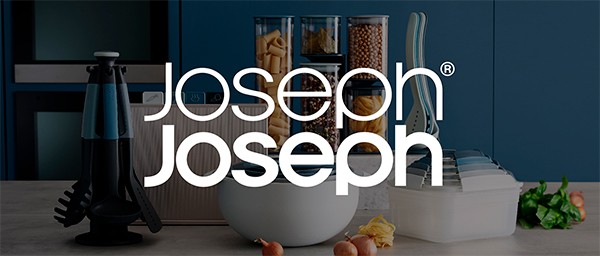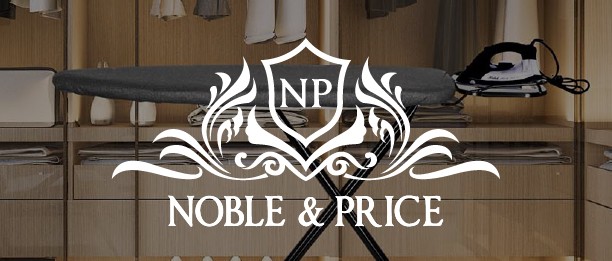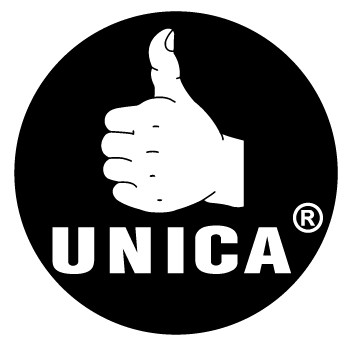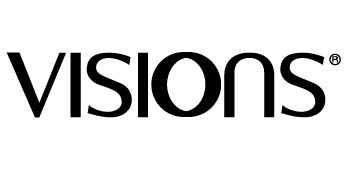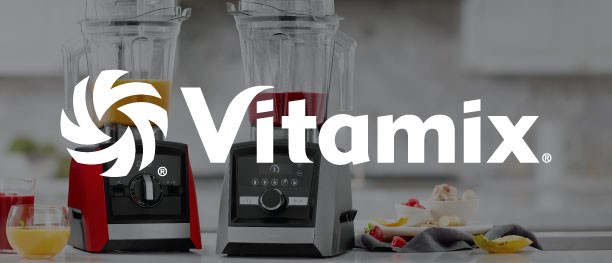How To Use Massage For Back Pain

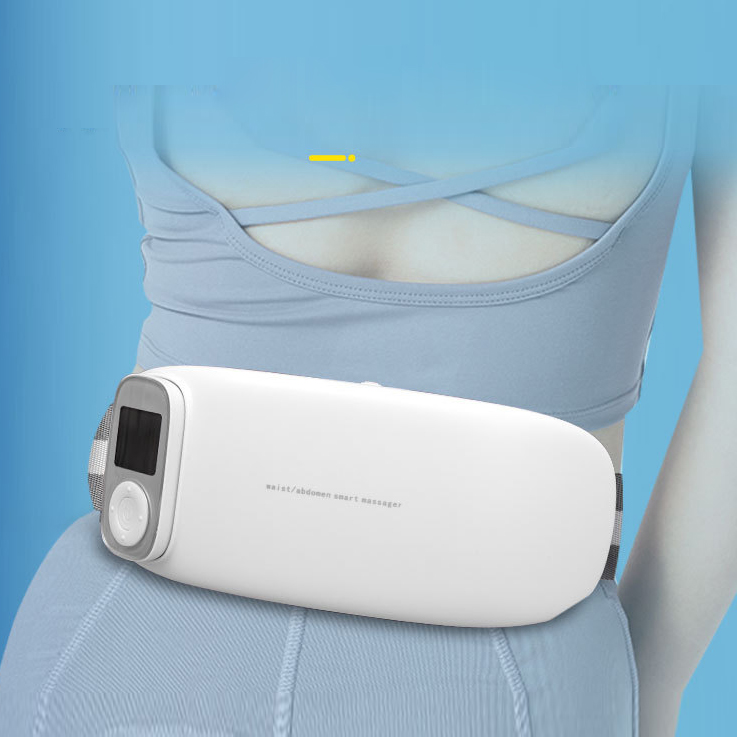
Back Electric Massage Pulse Warm Moxibustion Lumbar Massager
Gift Tree
Approx $129.34 USD
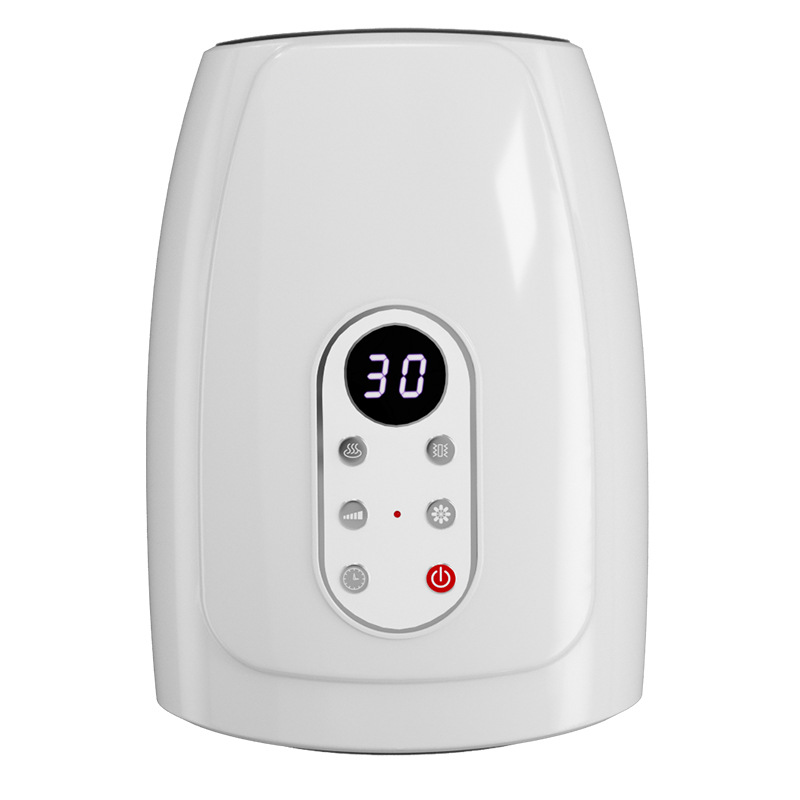
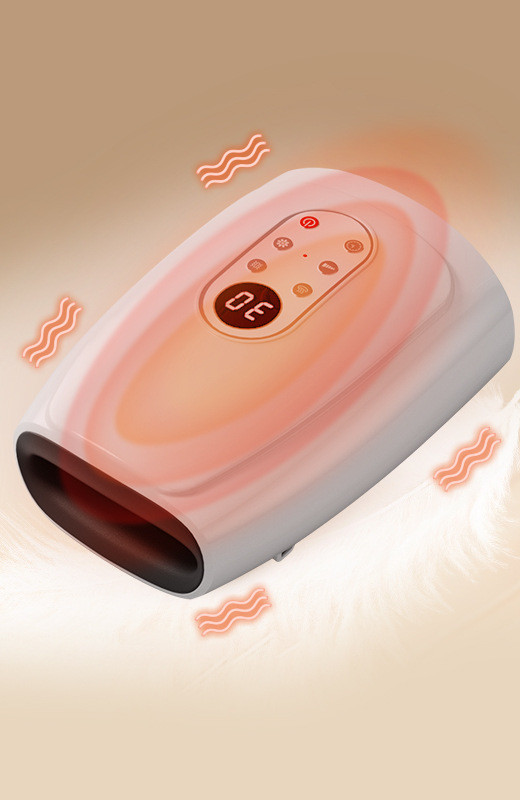
Massager Electric Massage Finger Wrist Joint Airbag Kneading Hot Compress Physiotherapy Health Care
Gift Tree
Approx $105.66 USD
Back pain is a common issue that many individuals face, whether it’s caused by poor posture, physical activity, or a
medical condition. This discomfort can range from mild aches to severe, chronic pain that impacts daily life. Fortunately, massage therapy
has long been recognized as an effective way to alleviate back pain and promote overall well-being. Whether you’re dealing with occasional
tension or persistent discomfort, massage can provide significant relief by targeting muscles, promoting circulation, and reducing stress.
In this comprehensive guide, we’ll explore the different types of massage techniques that are most effective for relieving back pain, how to use them at home or in a professional setting, and the many benefits of incorporating massage therapy into your routine. If you’re in New Zealand and looking for practical solutions to your back pain, this guide will help you understand how massage can play an essential role in your recovery.
Massage therapy is a highly effective way to relieve back pain and promote overall health and well-being. Whether you choose professional therapy or perform self-massage at home, incorporating massage into your routine can help reduce muscle tension, improve circulation, and alleviate discomfort. By exploring the different types of massage and techniques available, you can find the best solution for your specific needs and start experiencing the benefits of pain relief and improved mobility.
Understanding Back Pain: Causes and Symptoms
Before exploring how massage can help, it’s important to understand the different causes and symptoms of back pain. This understanding can help you identify whether massage therapy is the right solution for your particular situation.
Common Causes of Back Pain
Back pain can arise from a variety of causes, both physical and environmental. Some of the most common causes include:
-
Poor Posture: Sitting or standing with improper posture can strain the muscles and ligaments in your back, leading to
discomfort.
-
Muscle Strain: Overexertion, lifting heavy objects improperly, or engaging in high-impact physical activity can lead to
muscle strains in the back.
-
Herniated Disc: When the discs in the spine become damaged or displaced, it can cause significant pain, often radiating
down the legs.
-
Arthritis: Osteoarthritis and other types of arthritis can cause inflammation in the joints, leading to pain and stiffness
in the back.
-
Sciatica: Compression or irritation of the sciatic nerve can cause pain that radiates from the lower back down the legs.
-
Skeletal Irregularities: Abnormalities such as scoliosis (curved spine) or lordosis (excessive inward curve) can lead to
back pain over time.
Symptoms of Back Pain
The symptoms of back pain can vary depending on the cause, but common symptoms include:
- A dull or sharp ache in the back.
- Muscle stiffness or tightness.
- Pain that radiates down the legs or hips.
- Difficulty moving or bending.
- Chronic discomfort that worsens with prolonged sitting or standing.
How Massage Helps Relieve Back Pain
Massage therapy can be a highly effective treatment for back pain, as it targets the muscles, ligaments, and connective tissues that may be causing discomfort. Here are several ways in which massage can help:
-
Muscle Relaxation: Massage helps to release tension and tightness in the muscles, reducing discomfort and improving
flexibility.
-
Improved Circulation: Increased blood flow promotes healing by delivering oxygen and nutrients to the affected tissues.
-
Pain Reduction: Certain massage techniques can stimulate the release of endorphins, the body's natural pain relievers.
-
Stress Relief: Massage is also known to reduce stress and anxiety, which can exacerbate muscle tension and contribute to
chronic back pain.
-
Posture Correction: Regular massage can help improve posture by addressing muscle imbalances and promoting proper
alignment.
Types of Massage Techniques for Back Pain
There are several types of massage techniques that can be used to alleviate back pain. Each technique has its own unique benefits, and the right choice will depend on your specific symptoms and preferences.
Swedish Massage
Swedish massage is one of the most popular forms of massage and is known for its gentle, relaxing strokes. This technique involves long, smooth gliding strokes and kneading to relax the muscles and improve blood circulation. Swedish massage is particularly effective for individuals with mild to moderate back pain and can be used to reduce overall muscle tension and stress.
Deep Tissue Massage
For individuals dealing with chronic back pain or muscle knots, deep tissue massage is often recommended. This technique targets the deeper layers of muscle and connective tissue to release tension and break up adhesions. While deep tissue massage can be more intense than Swedish massage, it is highly effective for relieving stiffness and improving mobility.
Trigger Point Therapy
Trigger point therapy focuses on specific areas of muscle tension or "knots" that can cause localized pain and discomfort. These knots can form when muscles are overworked or injured, and trigger point therapy works by applying firm pressure to these points to release the tension. This technique can be particularly useful for individuals who experience localized back pain due to muscle imbalances.
Shiatsu Massage
Shiatsu is a Japanese form of massage that uses finger pressure along energy pathways (meridians) in the body to promote balance and relieve pain. It is similar to acupuncture but without the use of needles. Shiatsu is great for individuals who prefer a non-invasive approach to pain relief and can help restore energy flow in the body.
Hot Stone Massage
Hot stone massage involves the use of heated stones placed on the back to warm and relax the muscles. The heat from the stones penetrates deep into the tissues, enhancing the effects of the massage. Hot stone therapy is often combined with Swedish or deep tissue massage for a soothing, restorative experience.
Myofascial Release
Myofascial release is a therapeutic technique used to address restrictions in the fascia, the connective tissue surrounding muscles. This technique involves applying gentle sustained pressure to specific areas of tightness in the fascia to release tension and improve mobility. It can be particularly beneficial for individuals with fibromyalgia or chronic back pain caused by fascia restrictions.
How to Perform Self-Massage for Back Pain at Home
In addition to professional massage therapy, there are several self-massage techniques you can try at home to alleviate back pain. Here are a few simple methods:
Using a Foam Roller
A foam roller can be an excellent tool for releasing tension in the back muscles. Lie on the foam roller with it placed along your spine, and gently roll up and down to target the muscles along your back. Foam rolling can help release tightness and improve flexibility.
Massage with a Tennis Ball
For localized muscle knots, a tennis ball can be used to apply pressure to specific areas of the back. Place the tennis ball between your back and a wall or the floor, and gently roll it over the area of discomfort. This technique can help release tightness in the muscles and trigger points.
Manual Massage Techniques
You can also use your hands to massage your back. Apply gentle circular motions or kneading movements to areas of tension. Focus on the lower back and upper back muscles, especially if you have muscle tightness or stiffness in these areas.
When to Seek Professional Help for Back Pain
While massage can be highly effective for relieving back pain, there are times when it’s important to seek professional help. If you experience severe or chronic back pain that doesn’t improve with self-care, or if your pain is accompanied by symptoms such as numbness, tingling, or weakness in the legs, it’s important to consult with a healthcare provider. In some cases, back pain may be a symptom of a more serious underlying condition, such as a herniated disc, spinal stenosis, or sciatica.
Benefits of Regular Massage for Back Pain
Incorporating regular massage into your routine can have numerous long-term benefits for your back health:
- Reduced Muscle Tension: Regular massage helps keep muscles relaxed and prevents chronic tension buildup.
- Improved Flexibility: Massage can improve the range of motion in the back and enhance overall flexibility.
-
Better Posture: By addressing muscle imbalances and tension, massage can help improve posture and prevent further back
pain.
-
Enhanced Healing: Regular massage promotes circulation, which accelerates the healing process and reduces recovery time for
injured muscles.
- Stress Reduction: Massage is also an effective way to manage stress, which can contribute to back pain.
Enter your content here
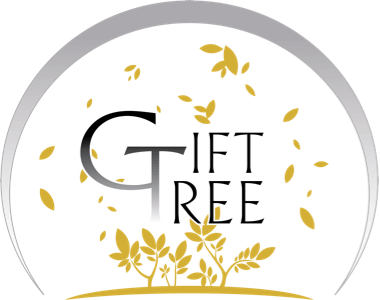
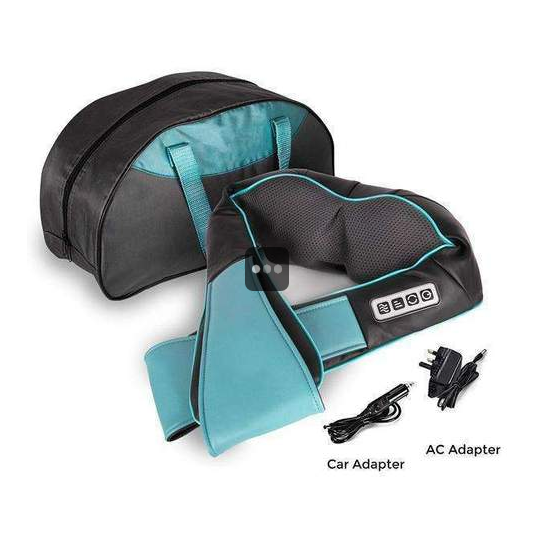
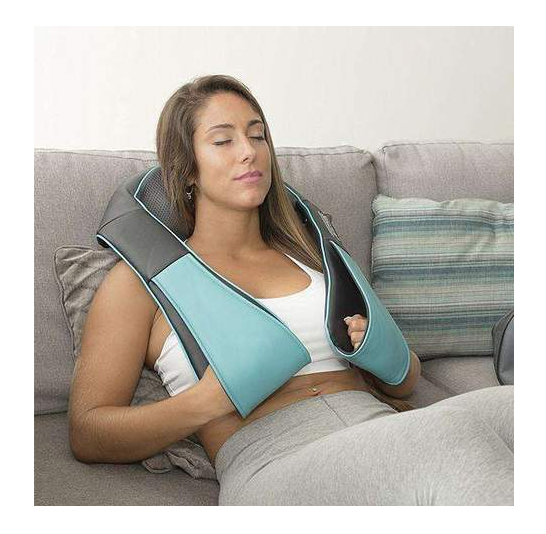


.jpg)



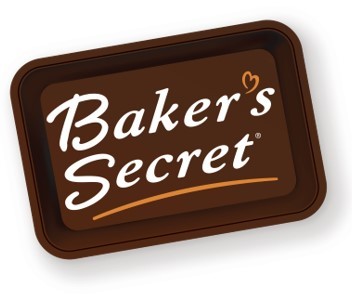



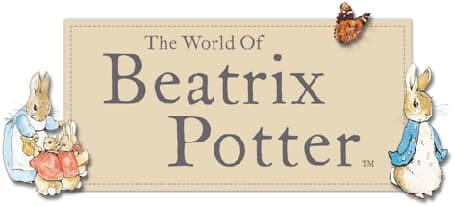
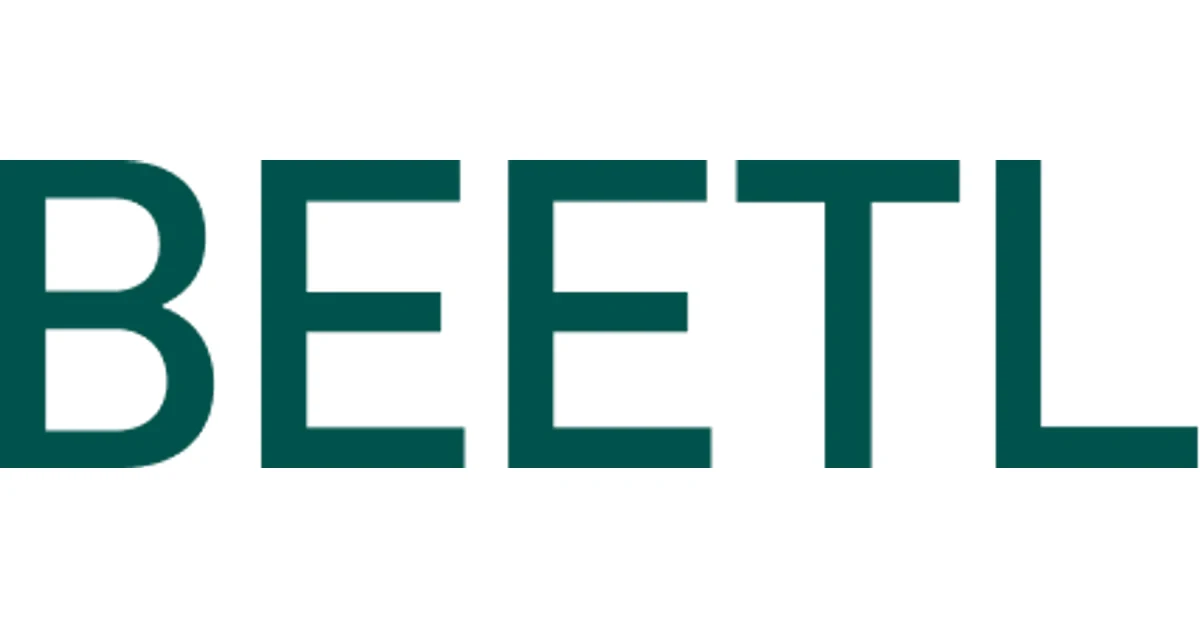
.jpg)


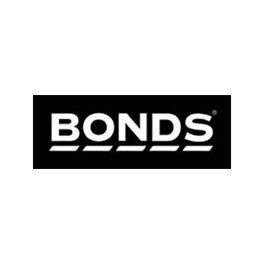
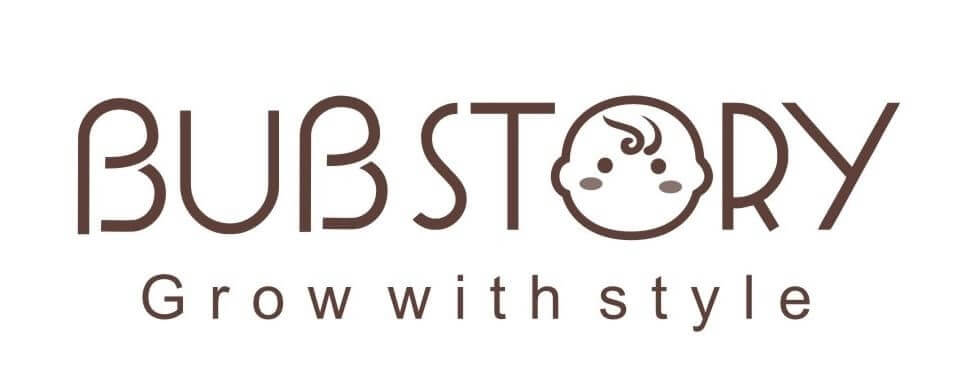

.jpeg)





.jpeg)



.jpeg)








.jpeg)



.jpeg)

.jpeg)
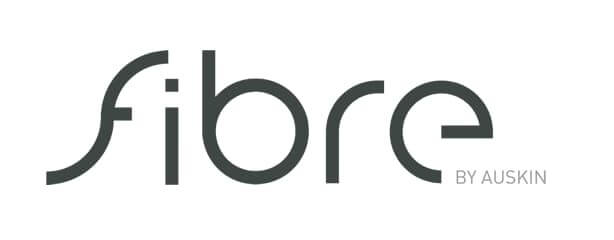
.jpeg)

.jpeg)




.jpeg)
.jpg)

.jpeg)






.jpeg)
.jpeg)


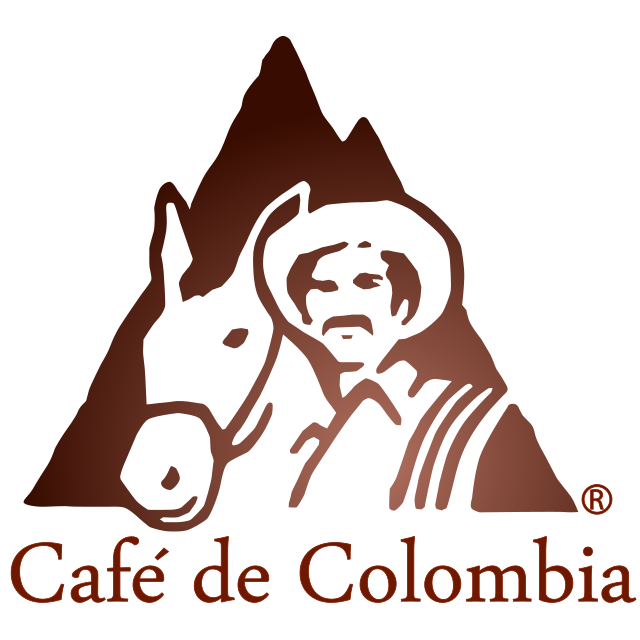

.jpeg)





.jpeg)

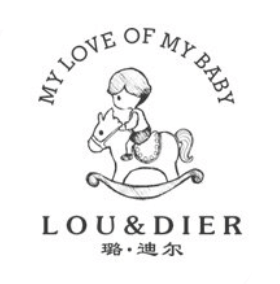
.jpeg)
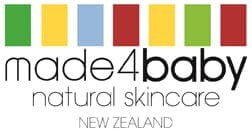
.jpeg)

.jpeg)
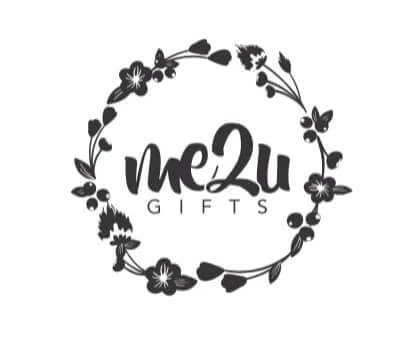
.jpeg)

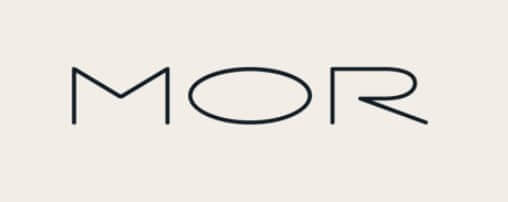
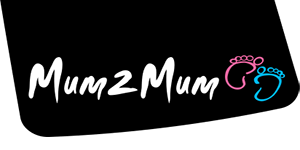




.jpeg)
.jpeg)
.jpeg)


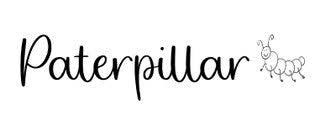


.jpeg)



.jpeg)


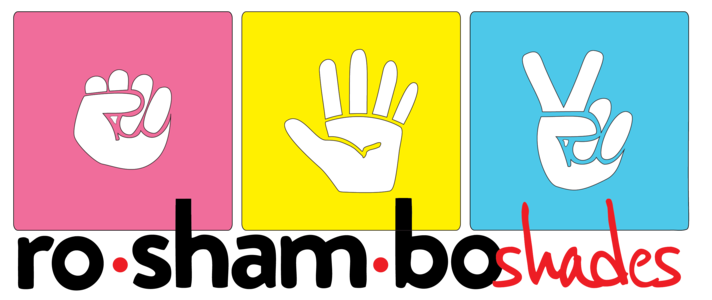

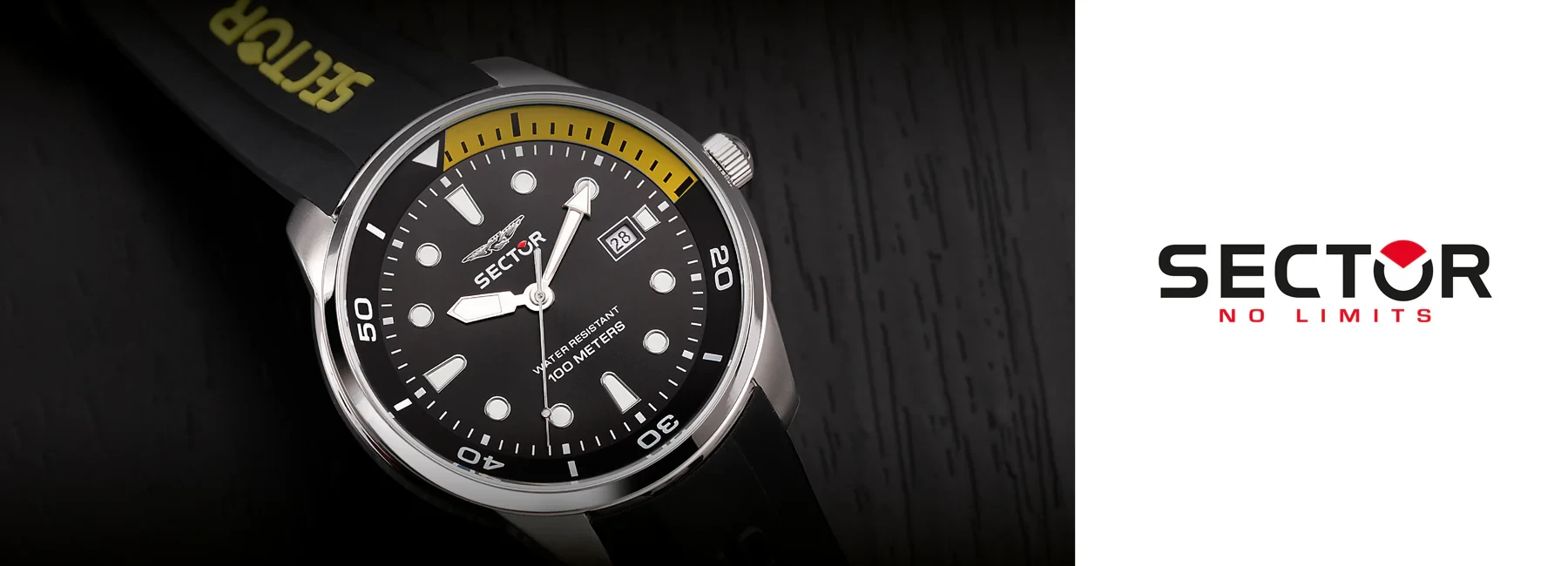
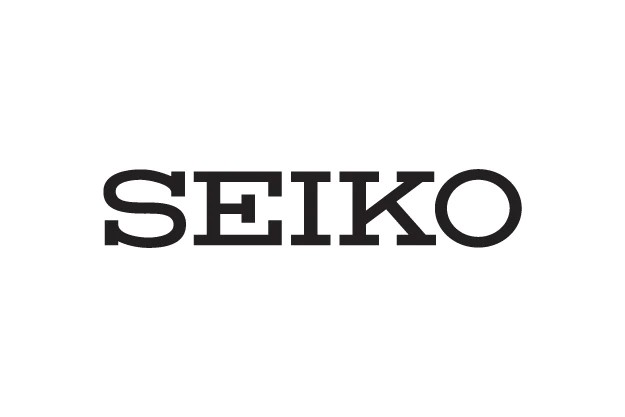
.jpg)
.jpeg)









.jpg)


ulva-Logo.jpg)




.jpeg)



.png)

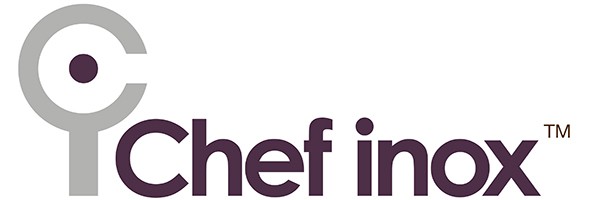

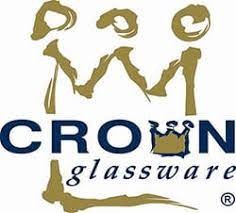
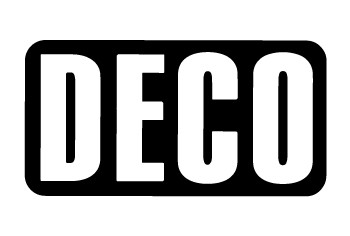

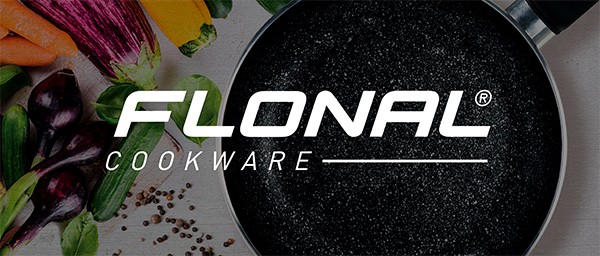
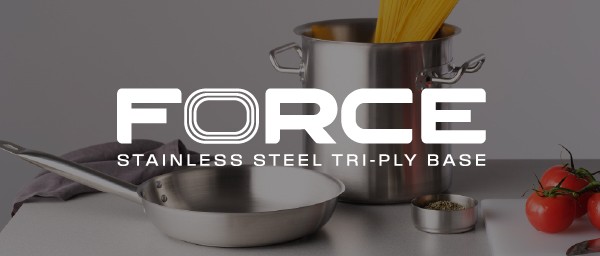
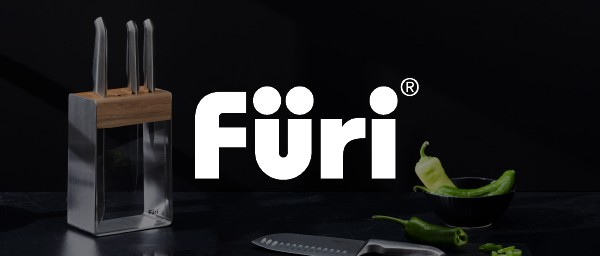
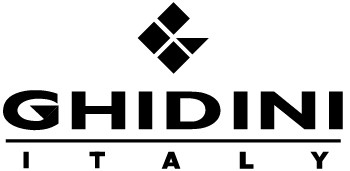



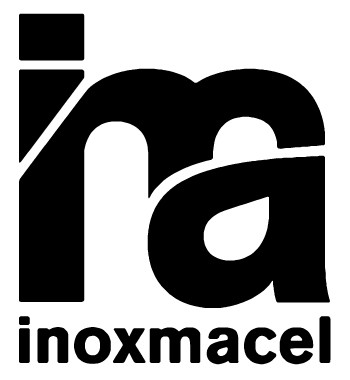

.png)
